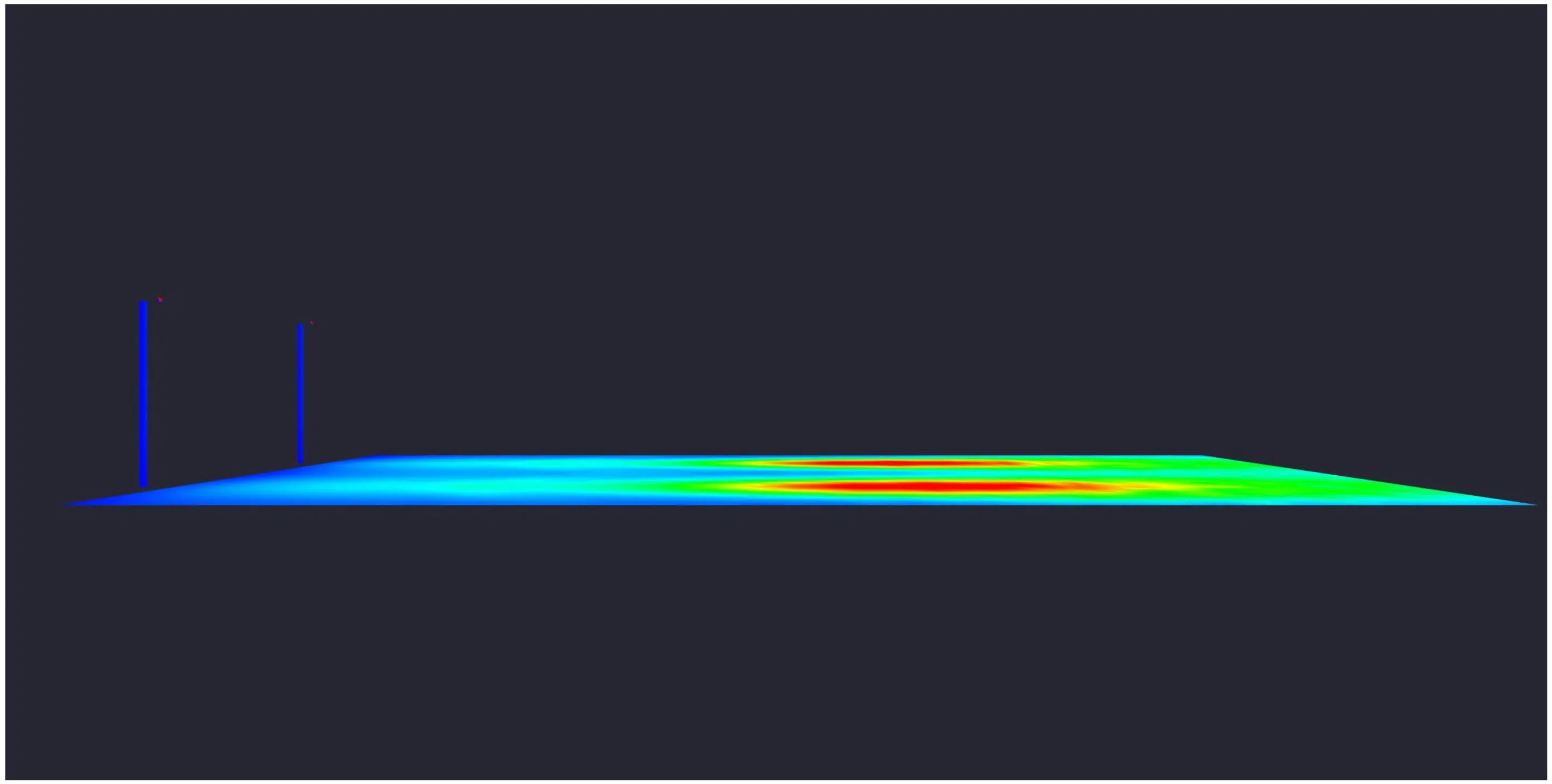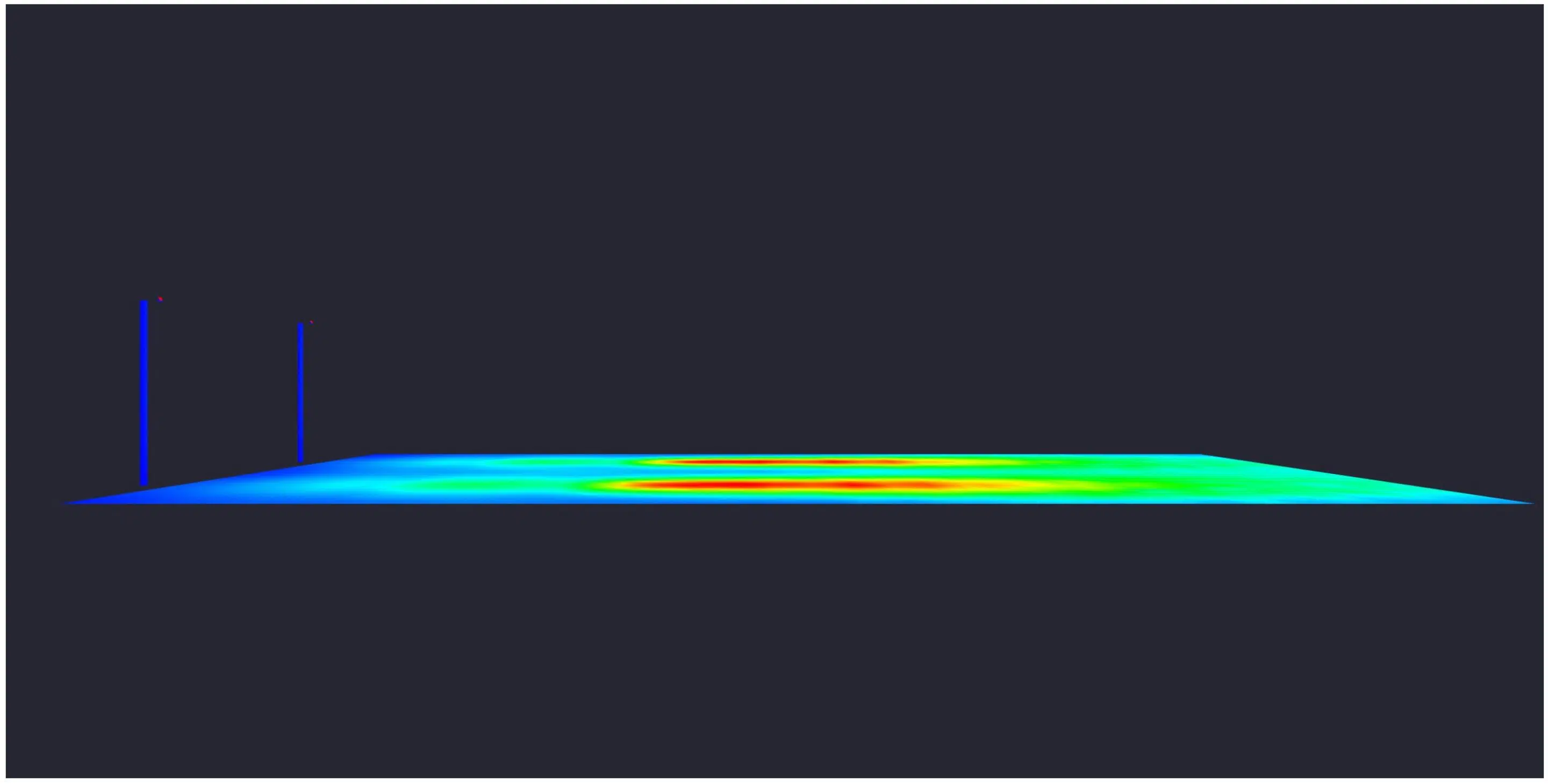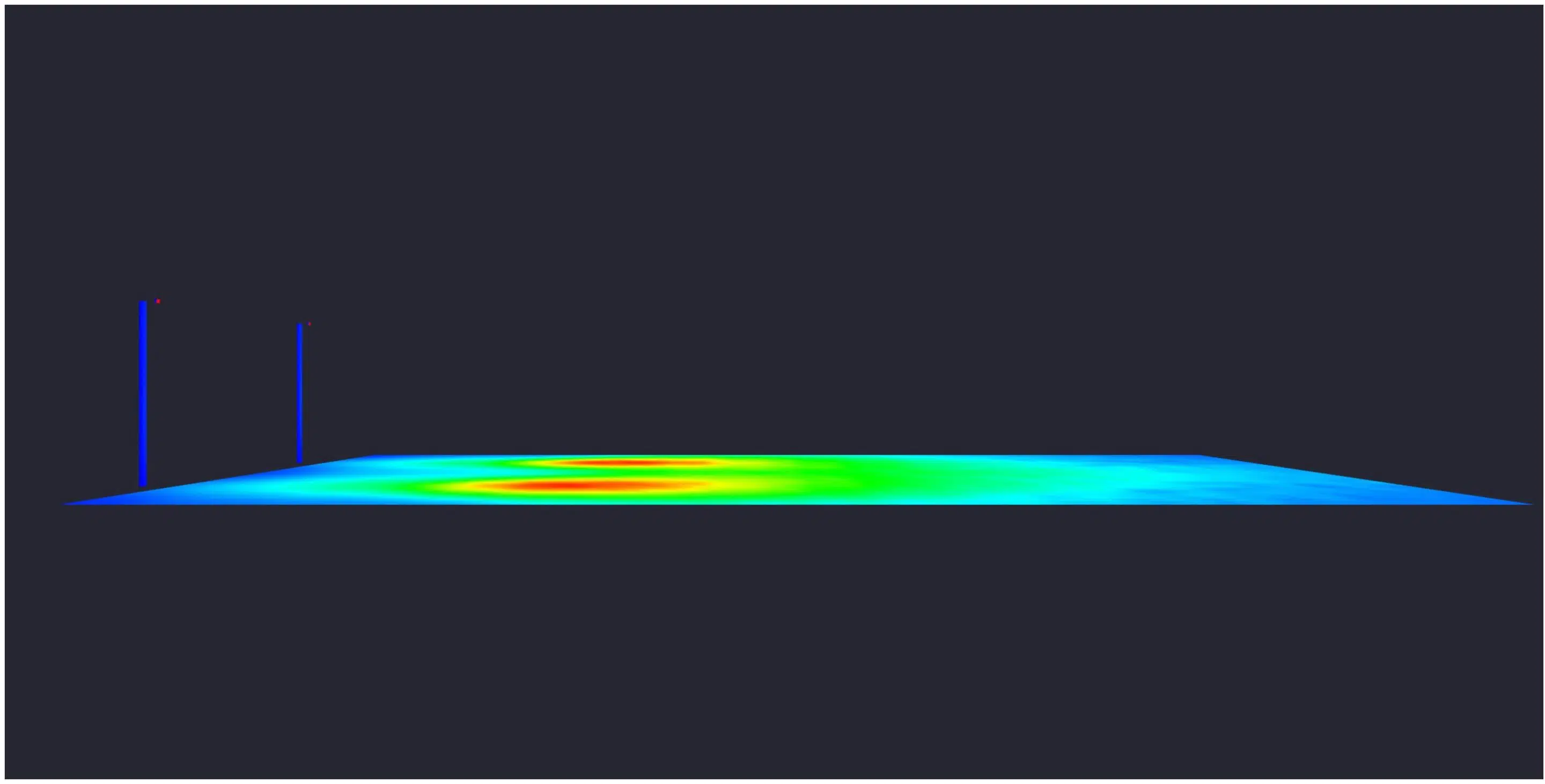Buyers Guide to Commercial LED Flood Lighting
Outdoor area illumination requires strategic fixture selection based on your specific application. The term “floodlight” covers numerous fixture types, each designed for distinct purposes. A landscape light won’t provide adequate parking lot coverage, while stadium-grade fixtures would overwhelm building accent lighting.
LED flood lights deliver superior performance for outdoor illumination and security applications. These versatile fixtures adapt to diverse commercial environments. LED Lighting Supply has installed flood lighting systems across baseball fields, football stadiums, soccer complexes, racetracks, and horse arenas.
Our high-performance fixtures serve perimeter security applications and demanding industrial environments, including offshore drill rigs and marine vessels.

Click Here to See All Our Commercial and Industrial LED Flood Lights
Success depends on matching the correct wattage, color temperature, and optical distribution to your project requirements. No universal solution exists—your application determines the optimal fixture specification. Modern LED technology delivers exceptional energy efficiency with 70-80% energy savings compared to traditional sources. Expected lifespan reaches 100,000+ hours, far exceeding metal halide performance while providing consistent, high-quality illumination without bulb or ballast replacements.

Direct Replacement for Metal Halide and HPS Systems
Converting existing Metal Halide or High-Pressure Sodium installations to LED technology follows straightforward replacement ratios. Whether replacing 400W, 1000W, or 1500W traditional fixtures, we typically recommend one-for-one conversions using these lumen targets:
- 1000W Metal Halide: Replace with 50,000-60,000 LED lumens
- 1500W Metal Halide: Replace with 80,000-90,000 LED lumens
- 2000W Metal Halide: Replace with 110,000+ LED lumens

Optical Selection Determines Coverage Performance
Beam angle selection separates effective flood lighting from inadequate coverage. Professional flood fixtures offer optical configurations from 10 degrees to 130+ degrees. Narrow beams concentrate light for distant targets, while wide distributions cover broad areas at closer range.
We typically recommend 10-18 degree optics for targets beyond 150 feet, while areas under 60 feet wide benefit from 60+ degree distributions. Matching optics to mounting height and coverage area prevents hot spots and dark zones.
NEMA Beam Spread Classifications
- Very Narrow:
- NEMA Type: 1
- Beam Spread: 10°-18°
- Narrow:
- NEMA Type: 2
- Beam Spread: 18°-29°
- Medium Narrow:
- NEMA Type: 3
- Beam Spread: 29°-46°
- Medium:
- NEMA Type: 4
- Beam Spread: 46°-70°
- Medium Wide:
- NEMA Type: 5
- Beam Spread: 70°-100°
- Wide:
- NEMA Type: 6
- Beam Spread: 100°-130°
- Very Wide:
- NEMA Type: 7
- Beam Spread: 130°+
Real-World Optical Performance Comparison
The following simulations demonstrate how beam angle affects coverage for a 100ft x 200ft area using two 400-watt IMF fixtures mounted at 30 feet. Fixture positioning remains constant while only the optic changes.
10 Degree Optic

15 Degree Optic

30 Degree Optic

45 Degree Optic

60 Degree Optic

Professional Lighting Design Eliminates Guesswork
Choosing fixtures based solely on wattage often leads to poor results. Lumen output provides better guidance, but optimal performance requires precise optical matching to your space geometry. Rather than risk inadequate coverage or energy waste, we recommend starting with a professional lighting design analysis.
Our complimentary design service models your specific area using industry-standard photometric software. We can adjust fixture count, aiming angles, and mounting positions until achieving optimal uniformity and light levels. The resulting plan specifies exact fixture requirements and predicted performance.
Most customers find this approach eliminates uncertainty while ensuring code compliance and energy efficiency goals. After 17 years designing commercial lighting systems, we’ve learned that proper planning prevents expensive mistakes.

Get your Free Custom Flood Lighting Plan
Color Temperature Selection for Outdoor Applications
Commercial LED fixtures span 2700K to 6500K color temperatures, but outdoor flood applications concentrate around two primary options. Most installations utilize either 4000K neutral white or 5000K daylight color temperatures.
Based on our project experience, 98% of flood light installations specify 5000K for its crisp visibility and security benefits. The cooler temperature enhances contrast and color recognition for surveillance applications while providing excellent area definition.
Weather Protection Requirements
Outdoor fixture durability begins with appropriate Ingress Protection ratings. Minimum protection starts at IP65 for dust-tight and water-resistant performance, with IP66 providing enhanced protection against heavy rain and pressure washing.
Premium installations often specify IP67 or IP68 ratings for extreme weather exposure. Our flood fixtures typically carry IP66 certification, delivering reliable performance across diverse climate conditions without compromising optical or electronic components.
Voltage Compatibility and Driver Technology
Modern LED drivers automatically accommodate building voltage variations within their specified range. Standard configurations support 100-277V input, covering most commercial applications including 120V, 240V, and 277V systems.
Industrial and high-bay applications may require high-voltage drivers rated for 277-480V or 347-480V input. Driver technology eliminates manual switching—the unit automatically adjusts to incoming voltage upon connection.
Intelligent Control Integration
Modern flood lighting incorporates automated controls for energy optimization and operational convenience:
- Photocell Controls: Integrated sensors automatically activate fixtures at dusk and shut down at dawn, eliminating manual operation while ensuring consistent overnight illumination.
- Motion Detection: Advanced sensors maintain low-level ambient lighting during inactive periods, then boost to full illumination when detecting movement. This technology reduces energy consumption by 50-70% in low-traffic areas.
Specialized Environmental Solutions
Demanding applications require enhanced fixture specifications beyond standard outdoor ratings:
- High-Temperature Environments: Standard fixtures operate reliably up to 150°F ambient temperature. Our specialized high-temperature series maintains performance in environments reaching 212°F.
- Hazardous Locations: Chemical processing, oil refineries, and explosive atmospheres demand UL-certified Class I Division 1 and Division 2 fixtures meeting strict safety requirements.
- Marine Applications: Salt spray and corrosive coastal environments require marine-grade protective coatings applied to housings and hardware for extended service life.
- Ultra-High Output: Large-area applications benefit from our most powerful flood fixtures delivering 120,000+ lumens while consuming 60% less energy than equivalent 2000W Metal Halide systems.
Expert Technical Support Throughout Your Project
LED Lighting Supply’s experienced product specialists provide comprehensive technical support that sets us apart from typical online retailers. Our team has designed lighting systems for over 17,000 commercial projects and understands the unique challenges each application presents. We provide detailed energy savings calculations showing your exact monthly cost reductions and payback timeline before you purchase. Our specialists can answer complex technical questions about driver compatibility, mounting requirements, and local code compliance. When you call, you speak directly with lighting professionals who have hands-on experience with the specific fixtures you’re considering, not generic customer service representatives reading from scripts.
